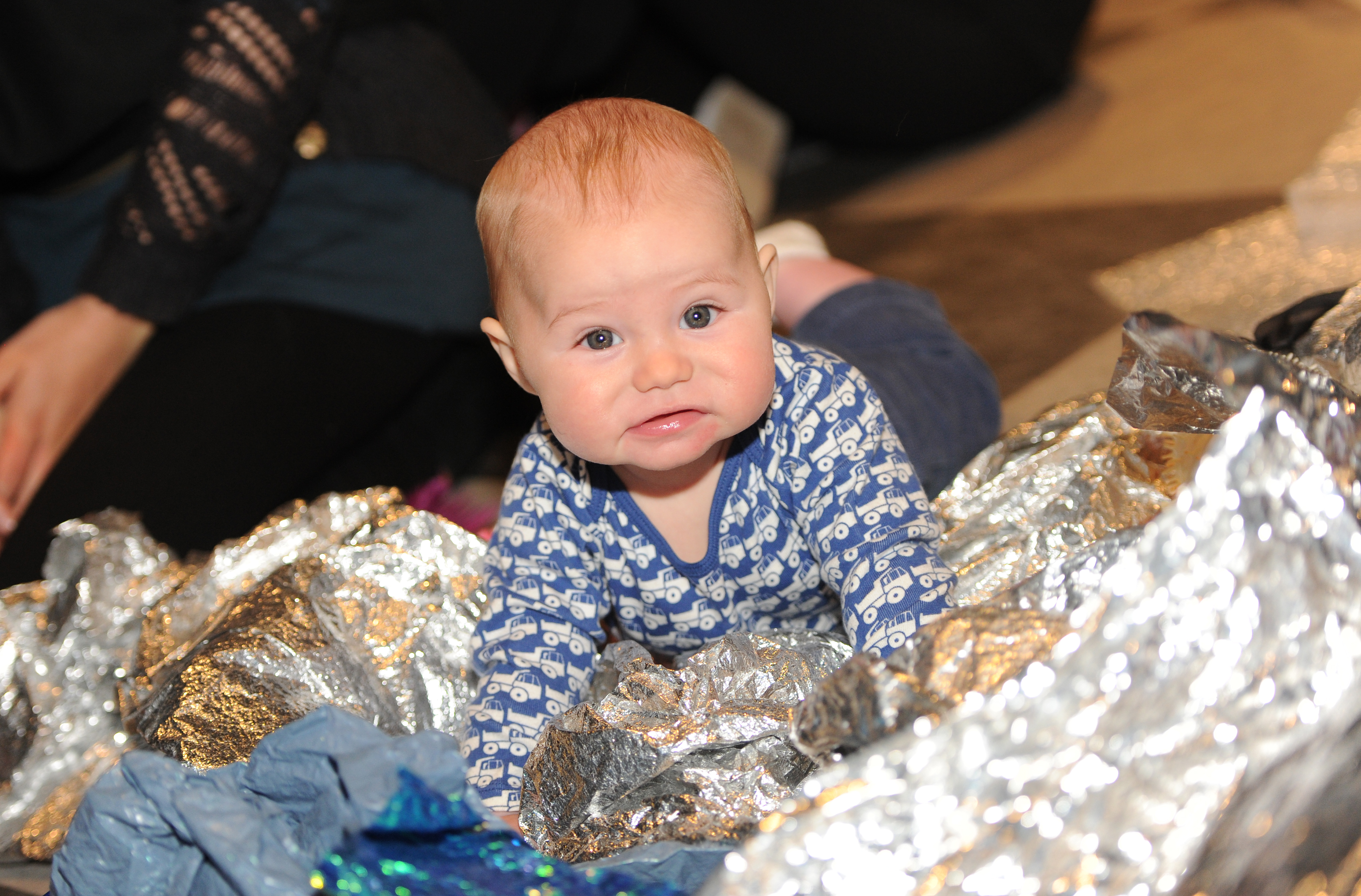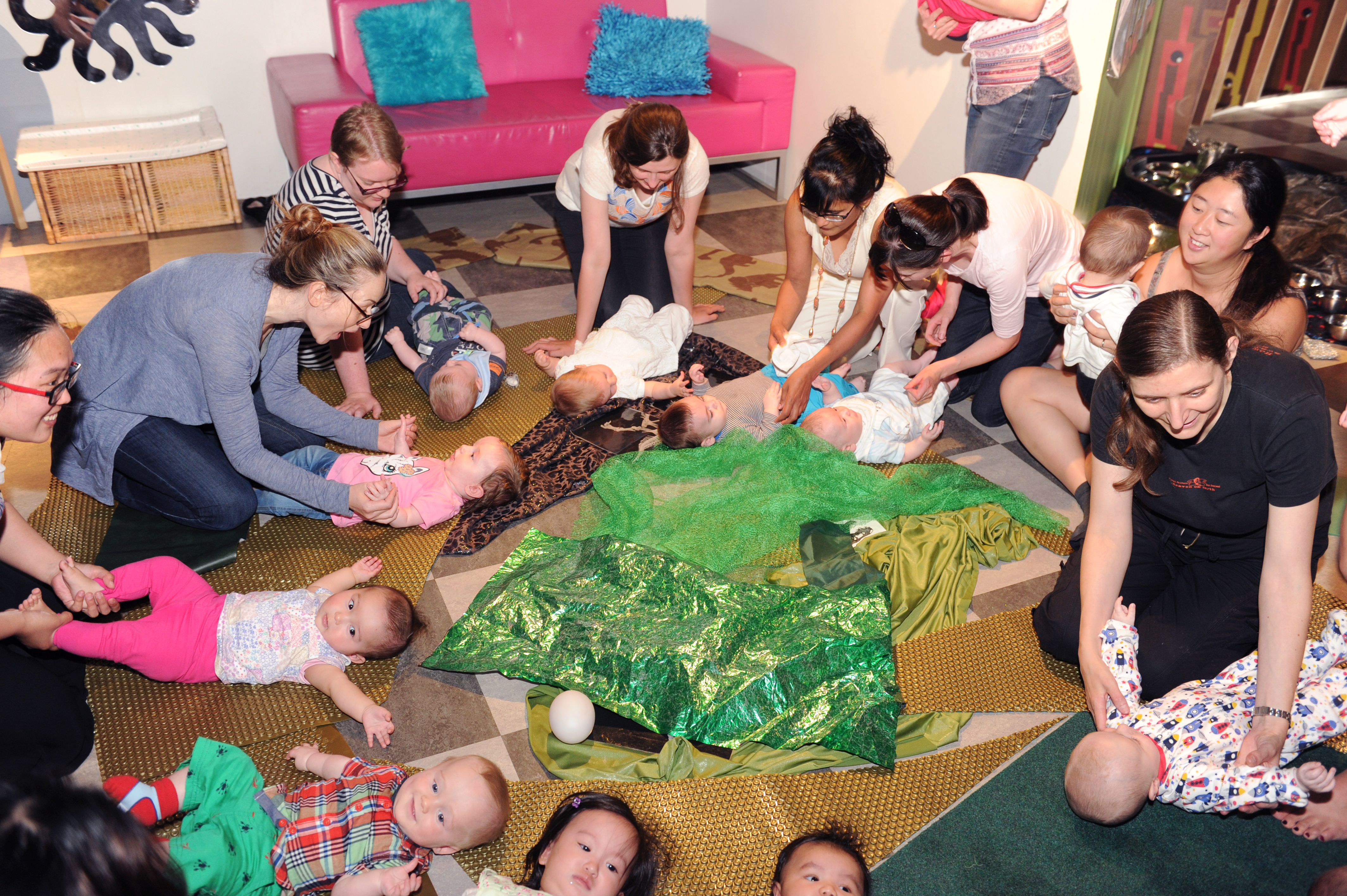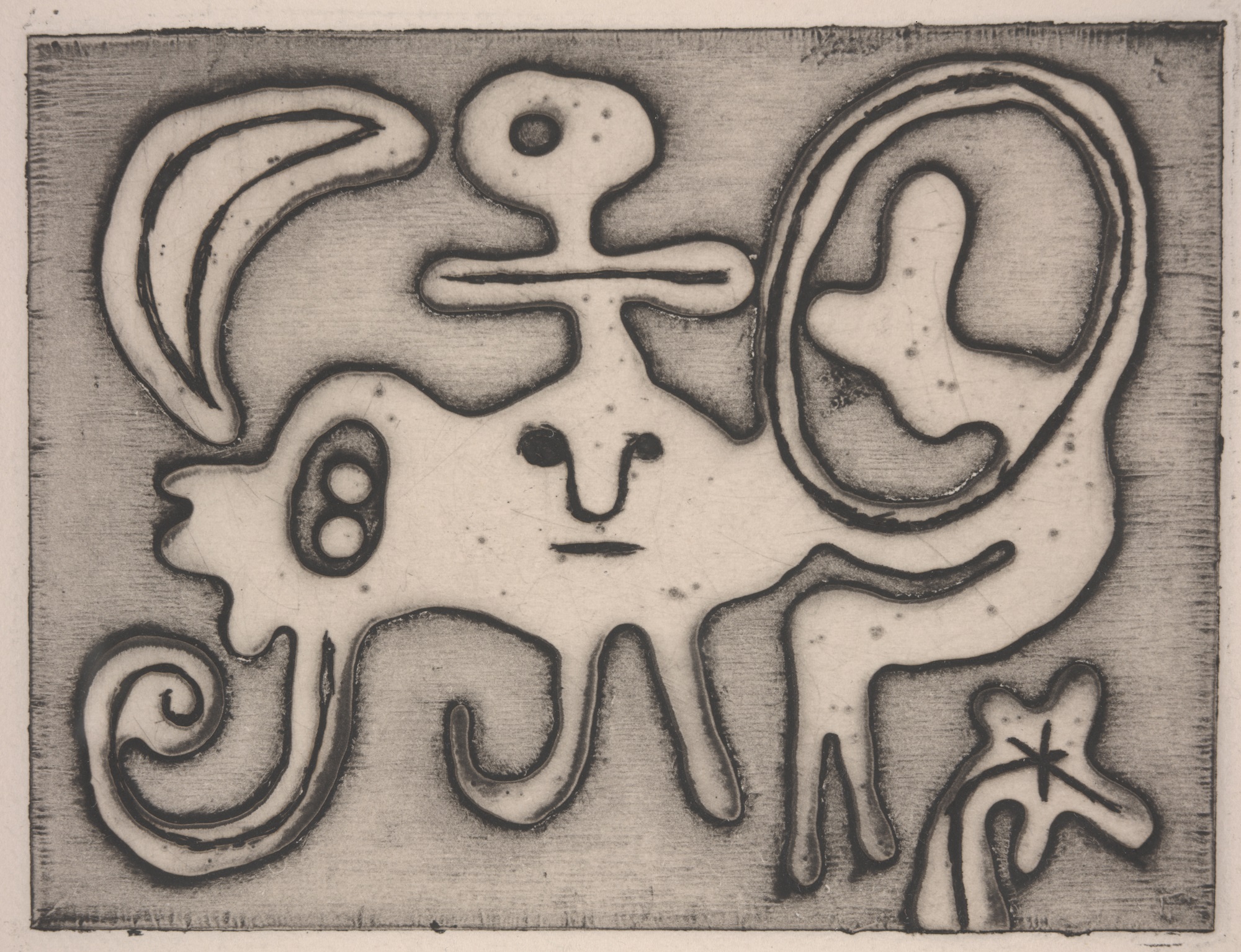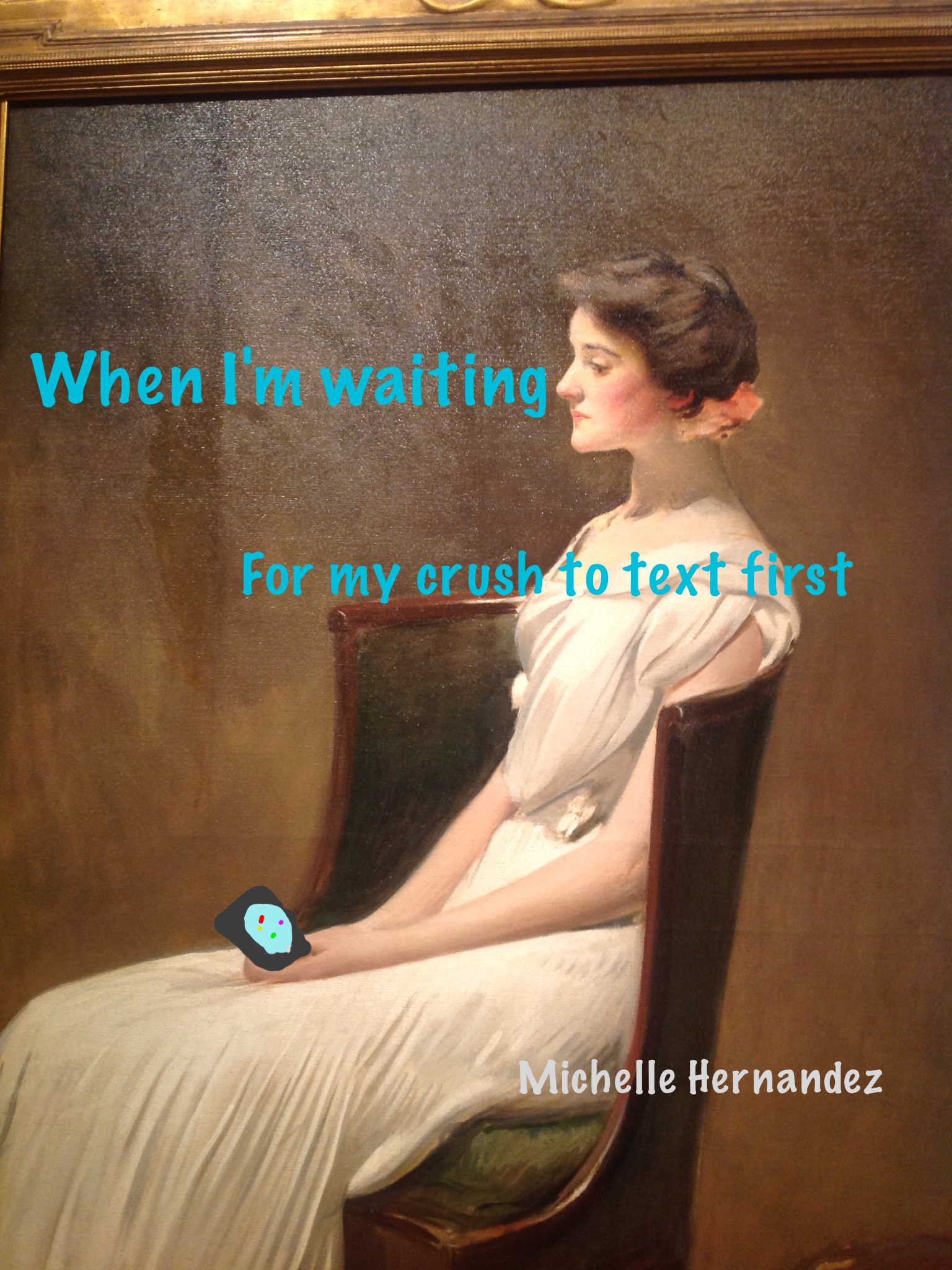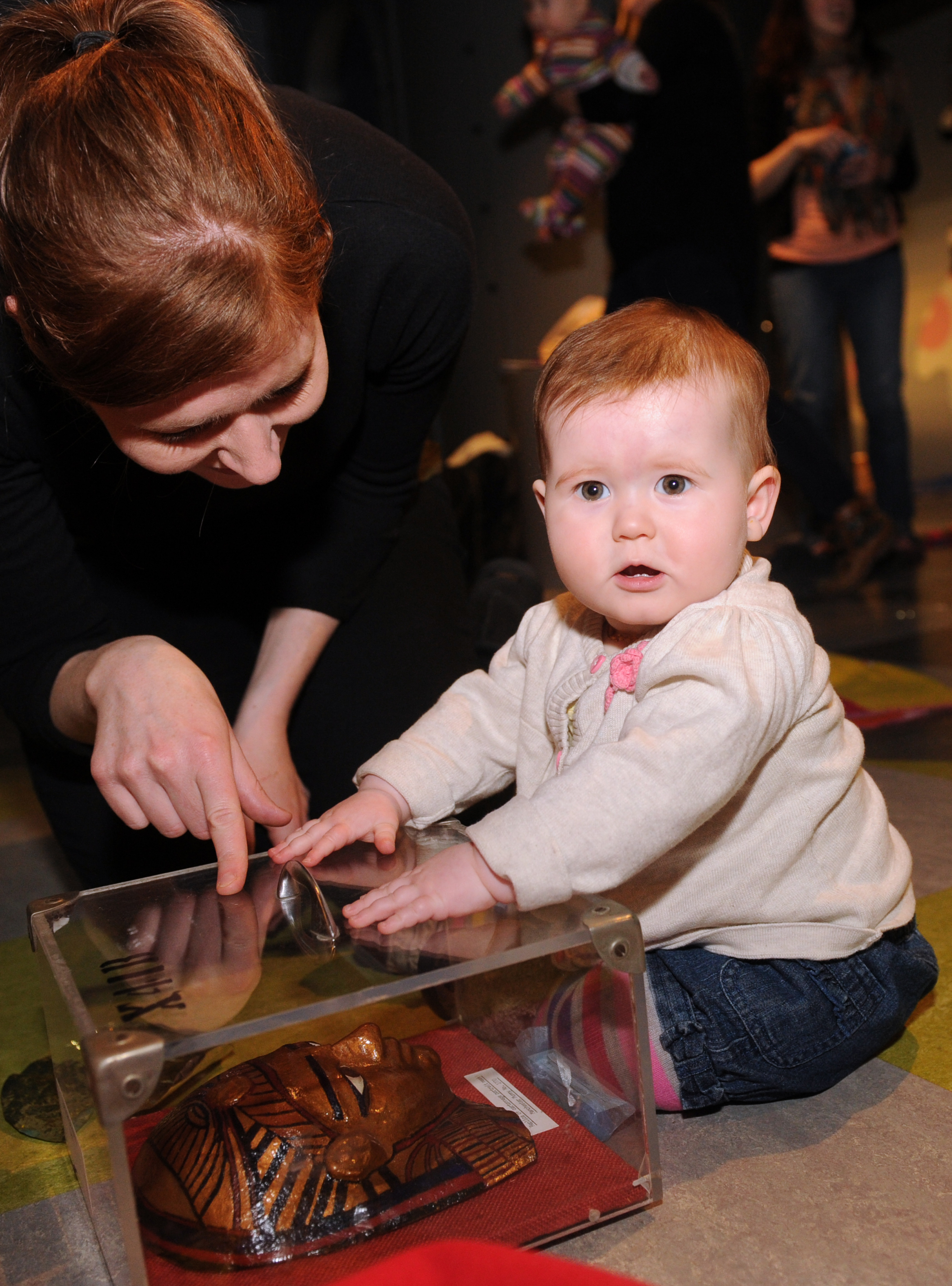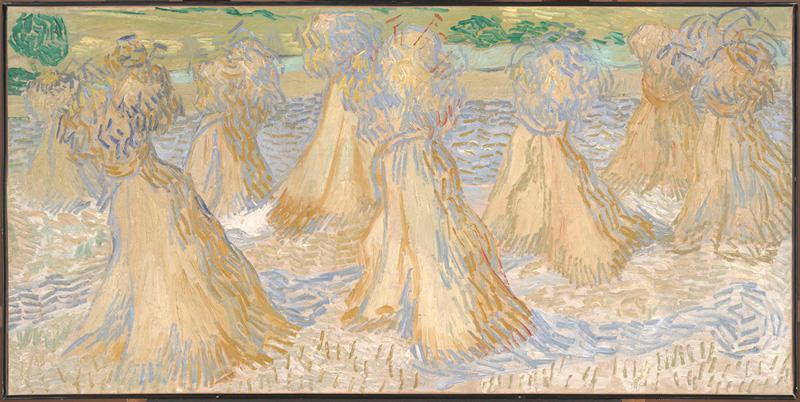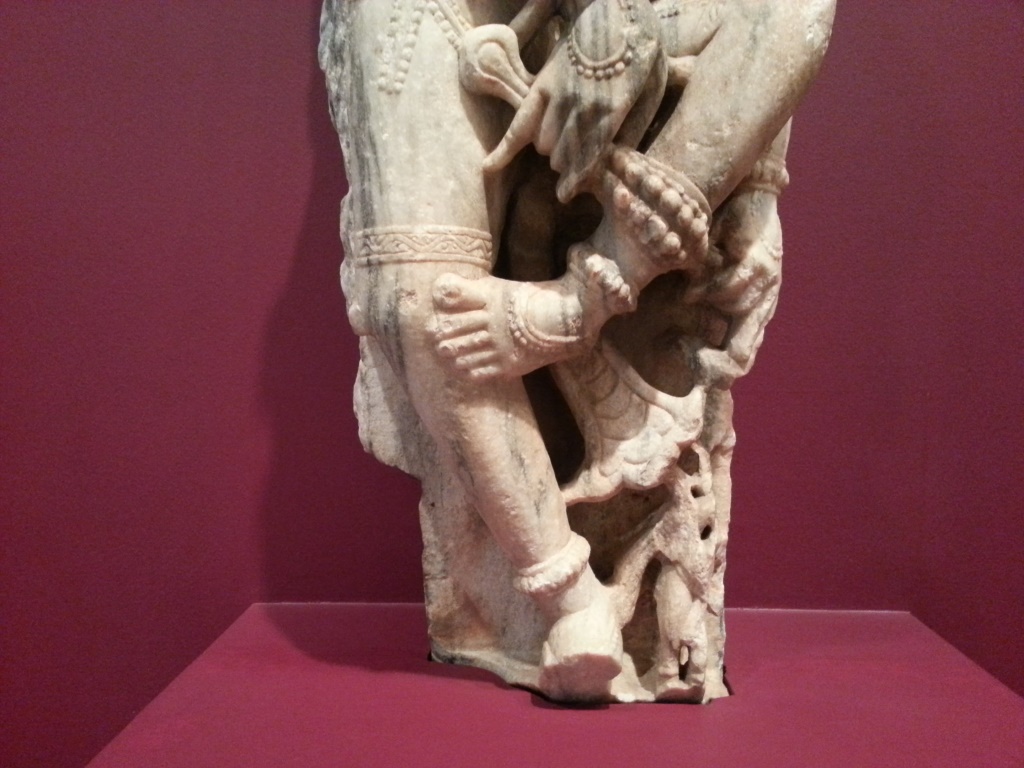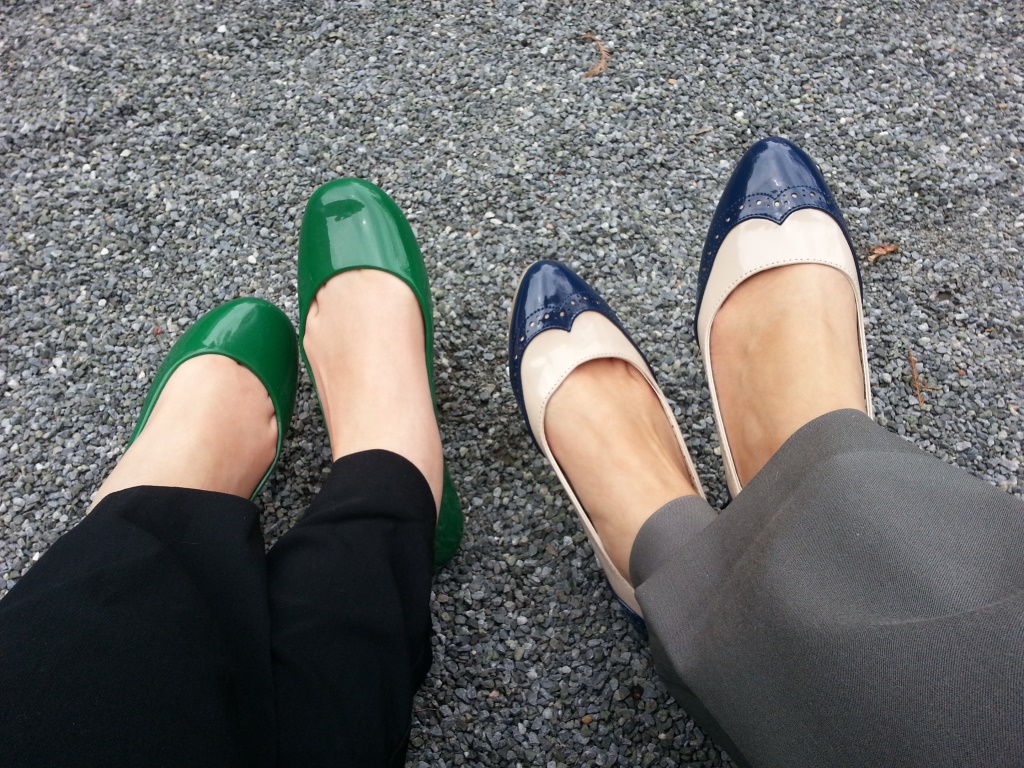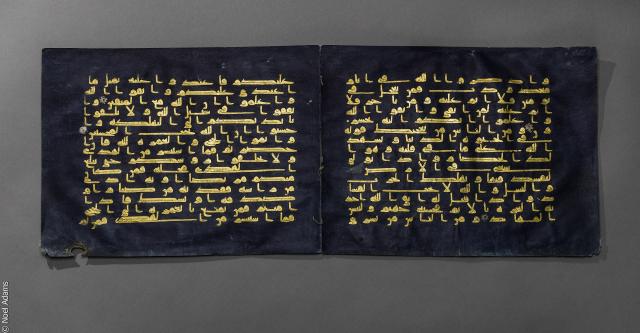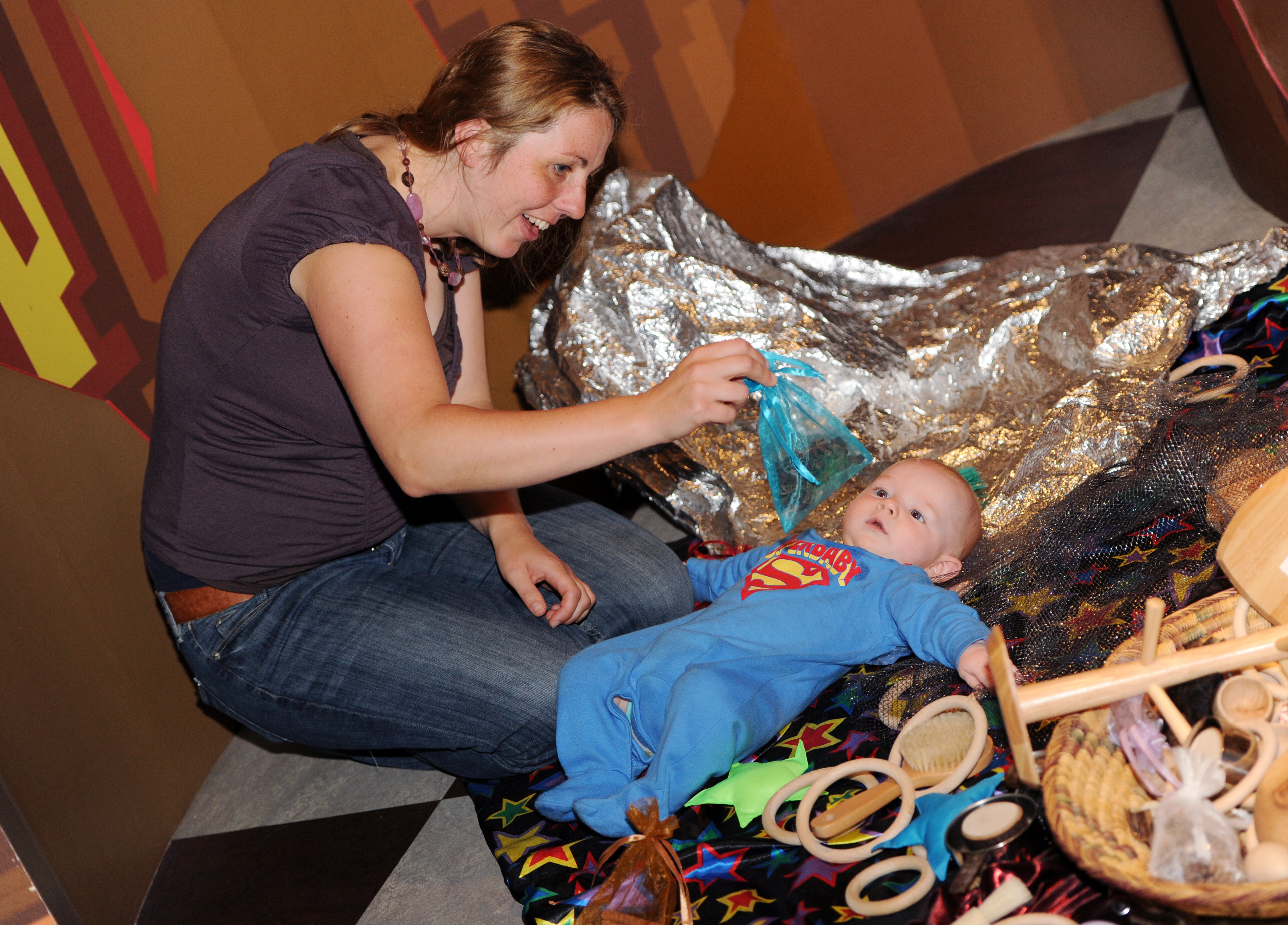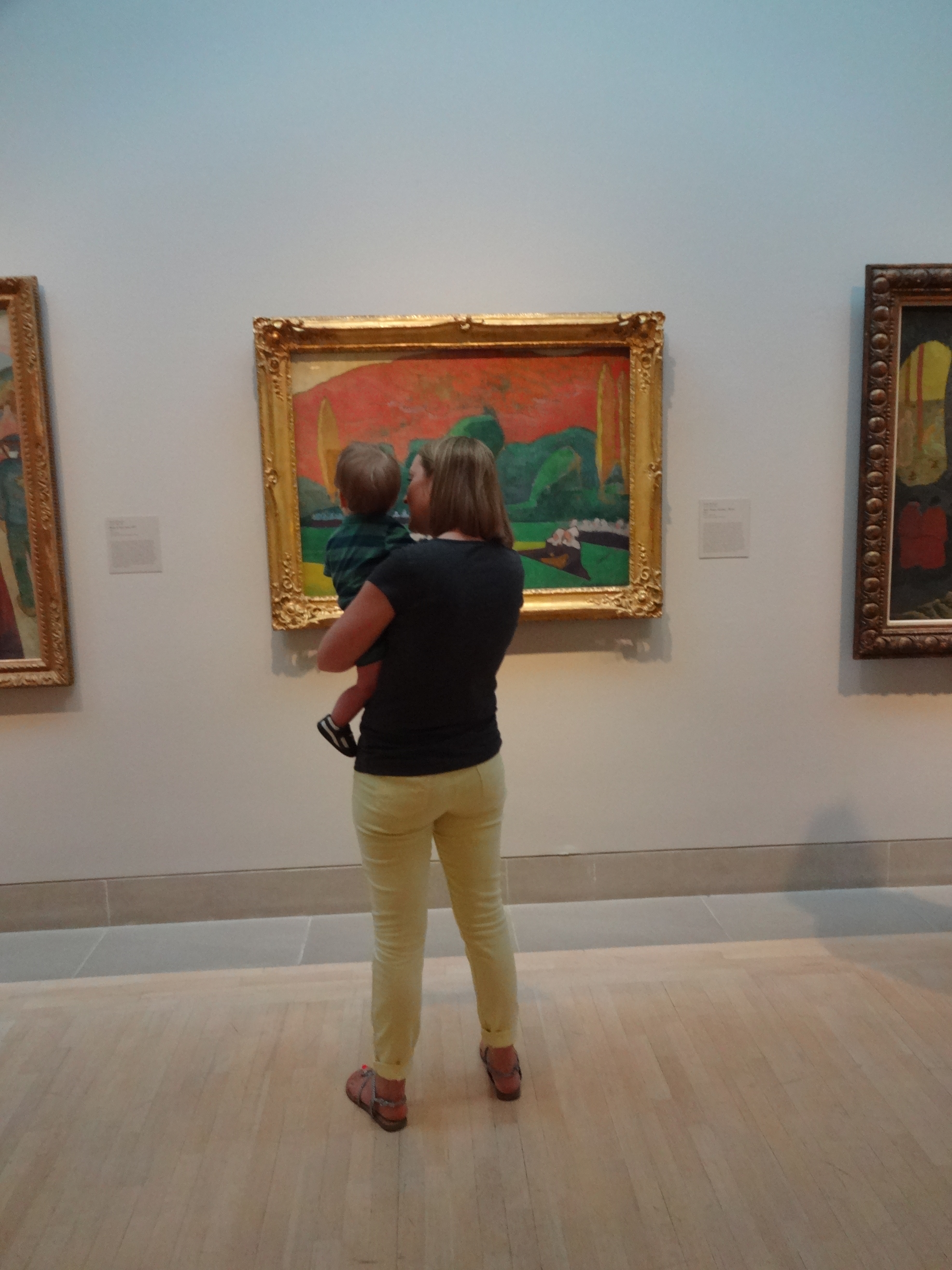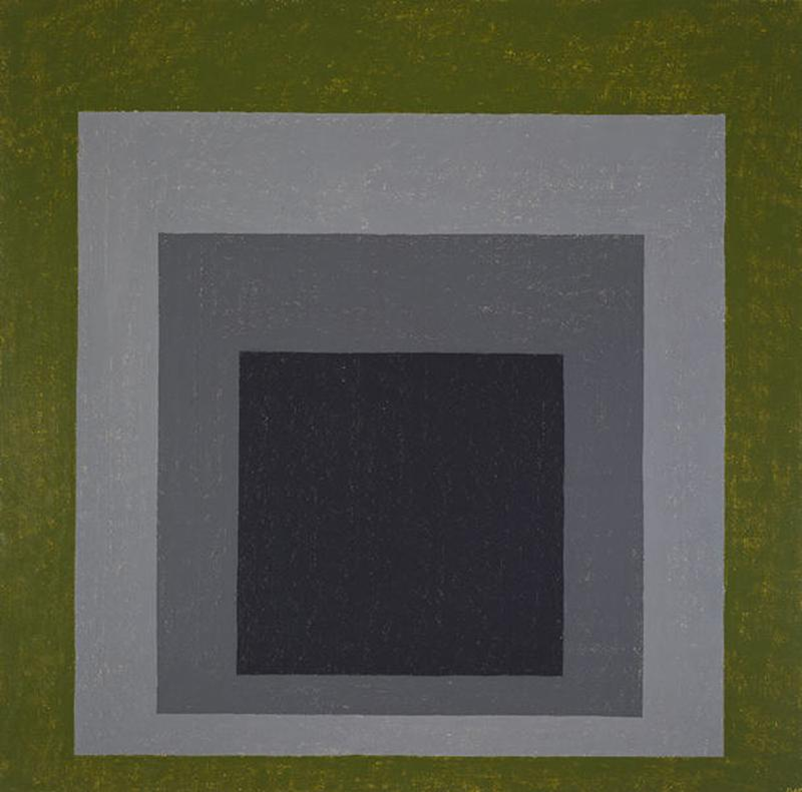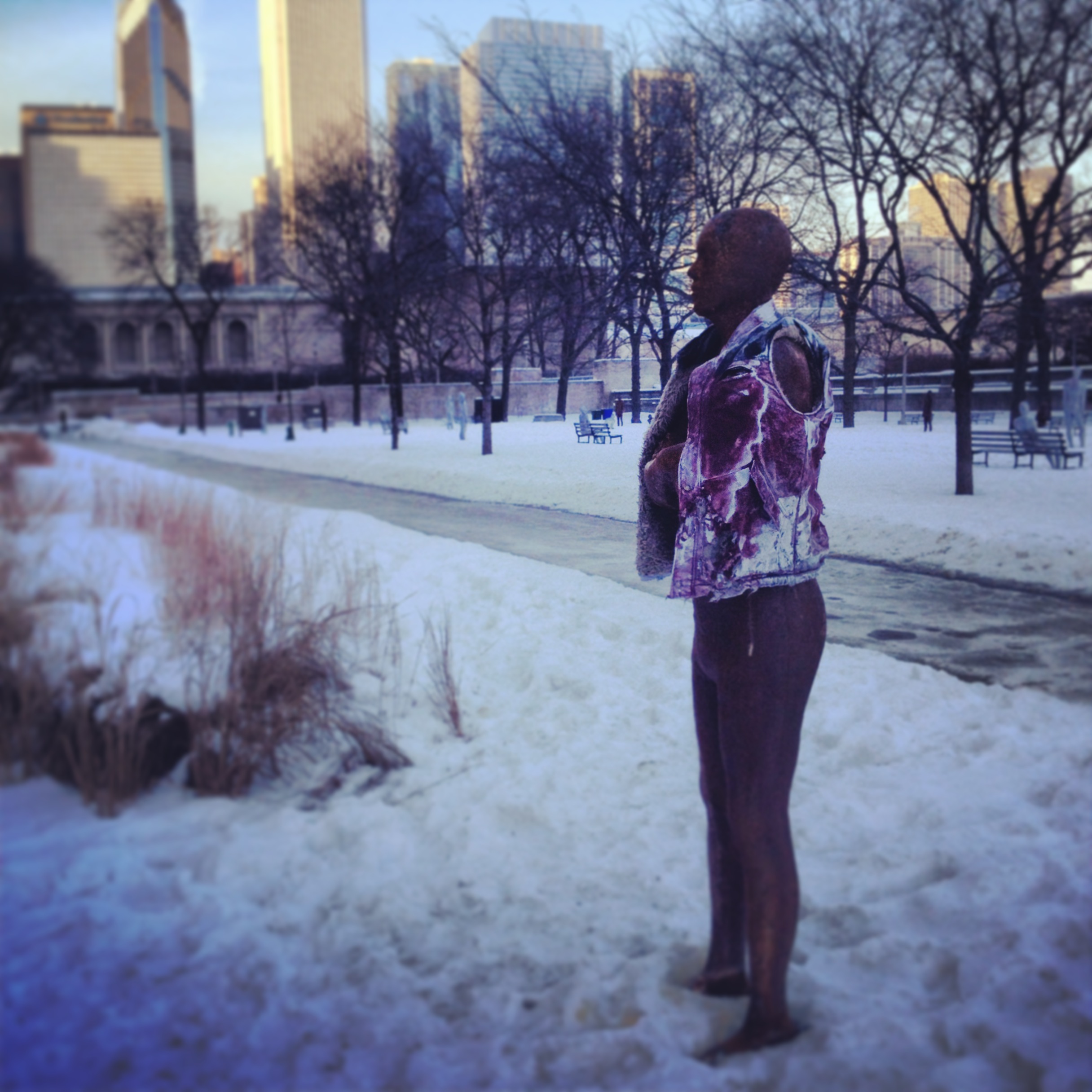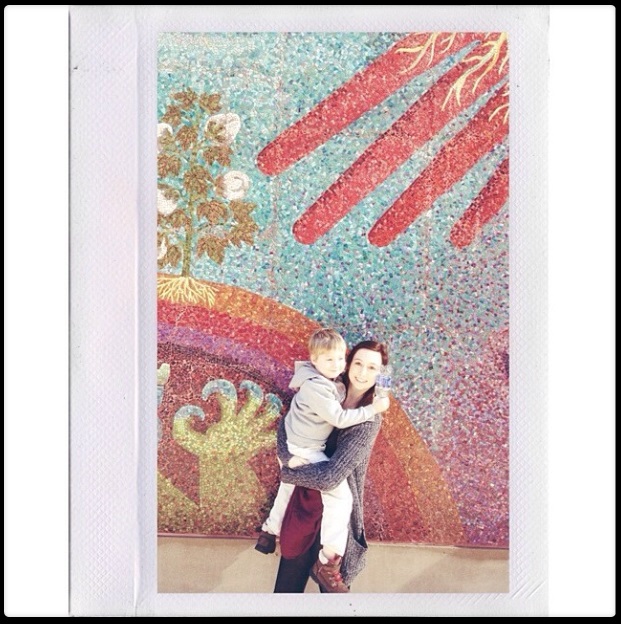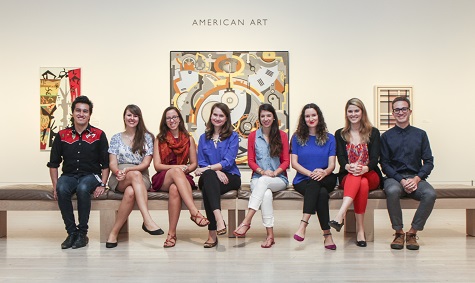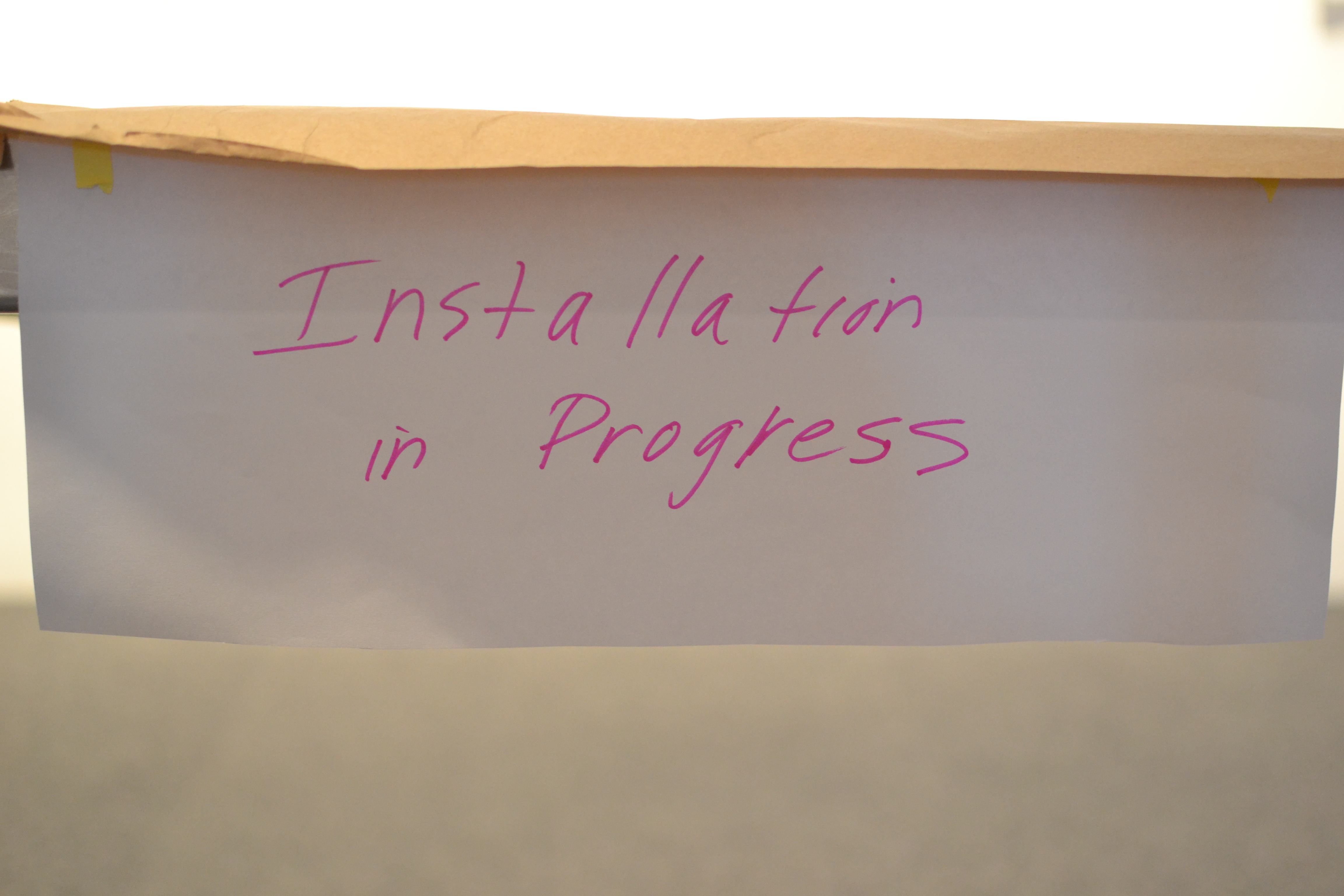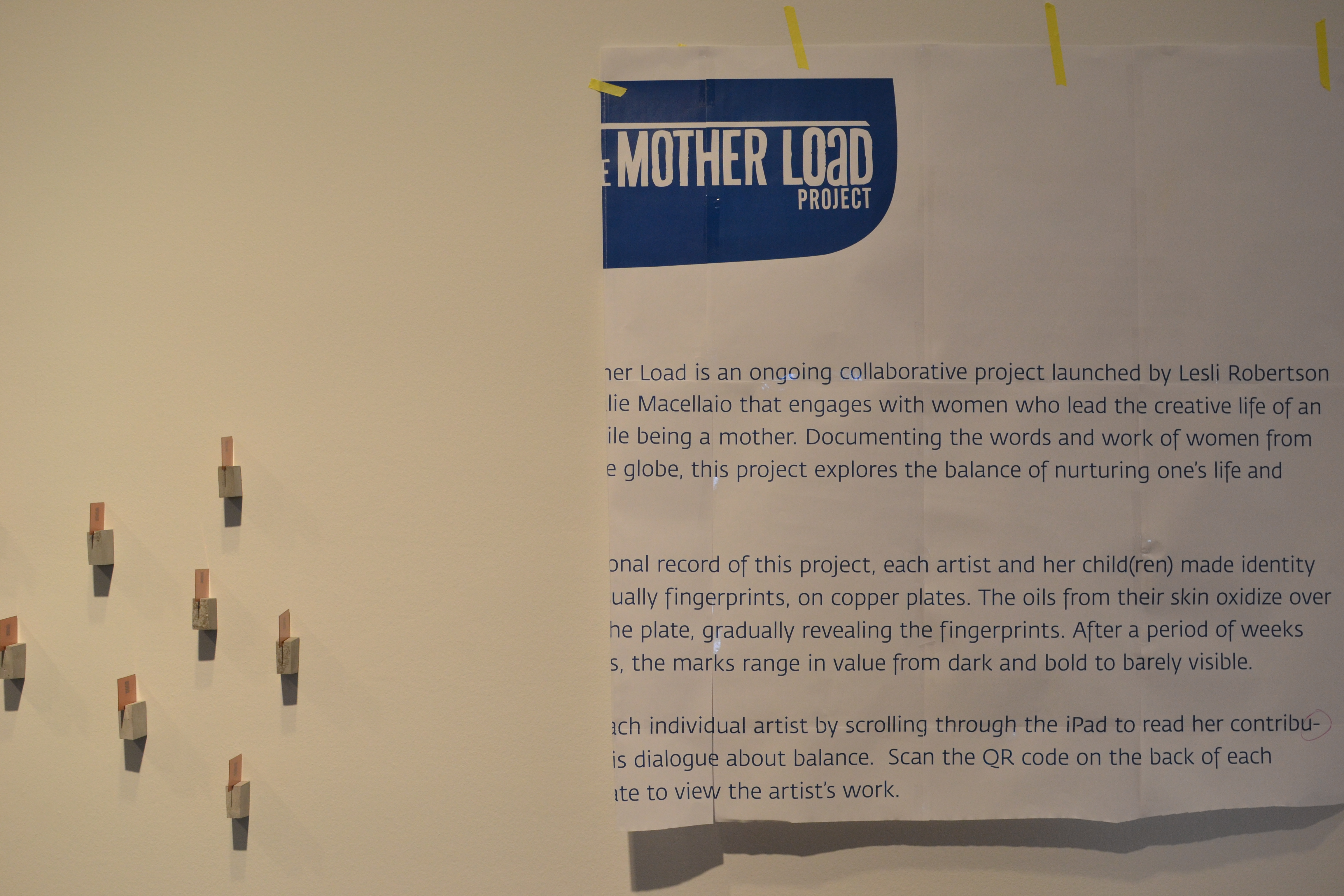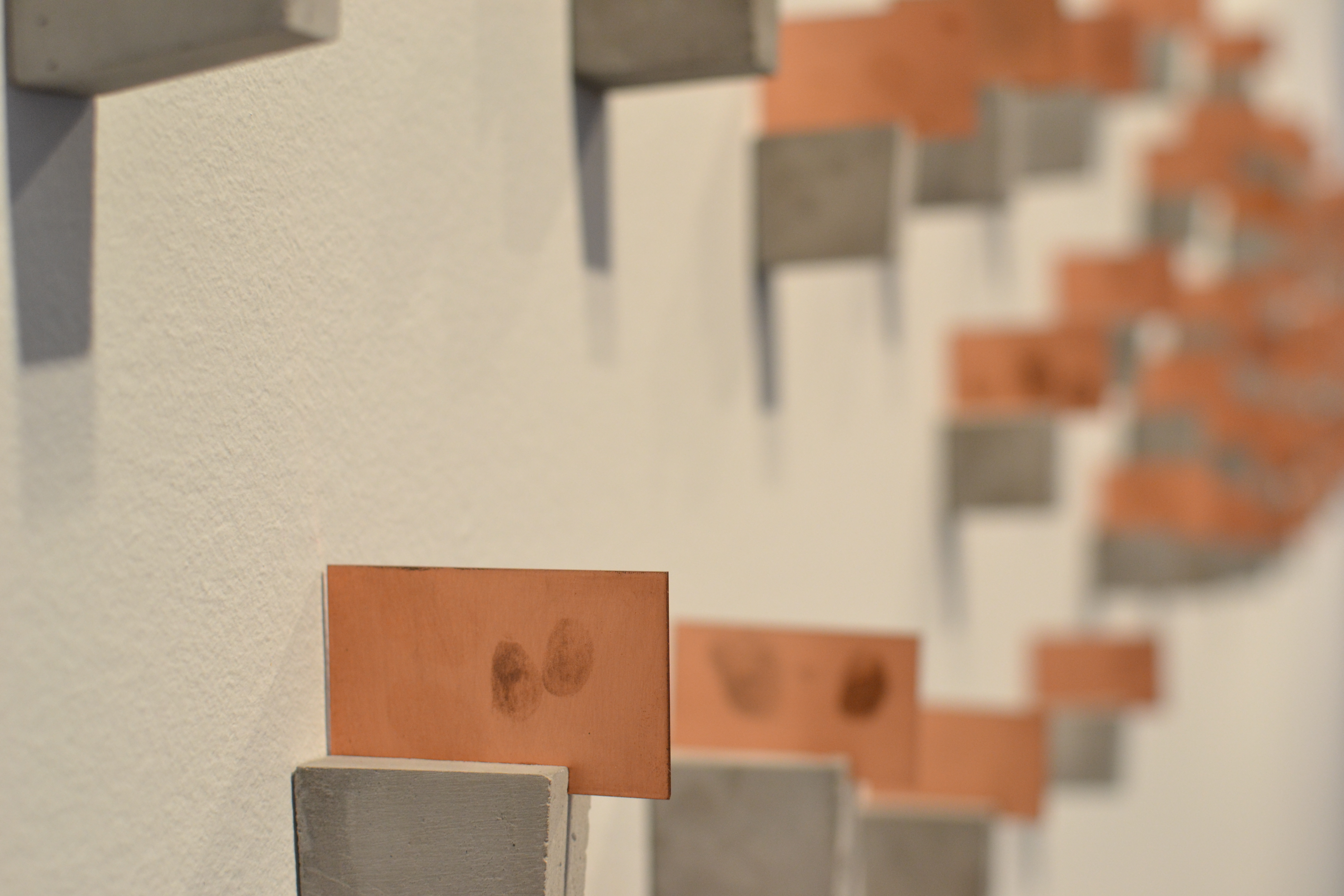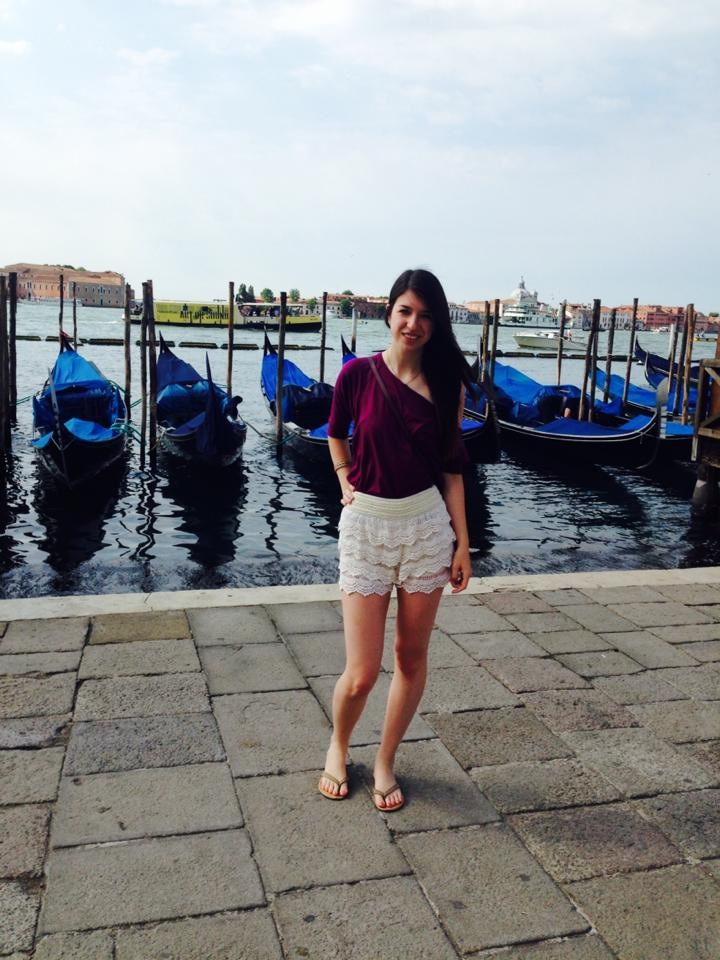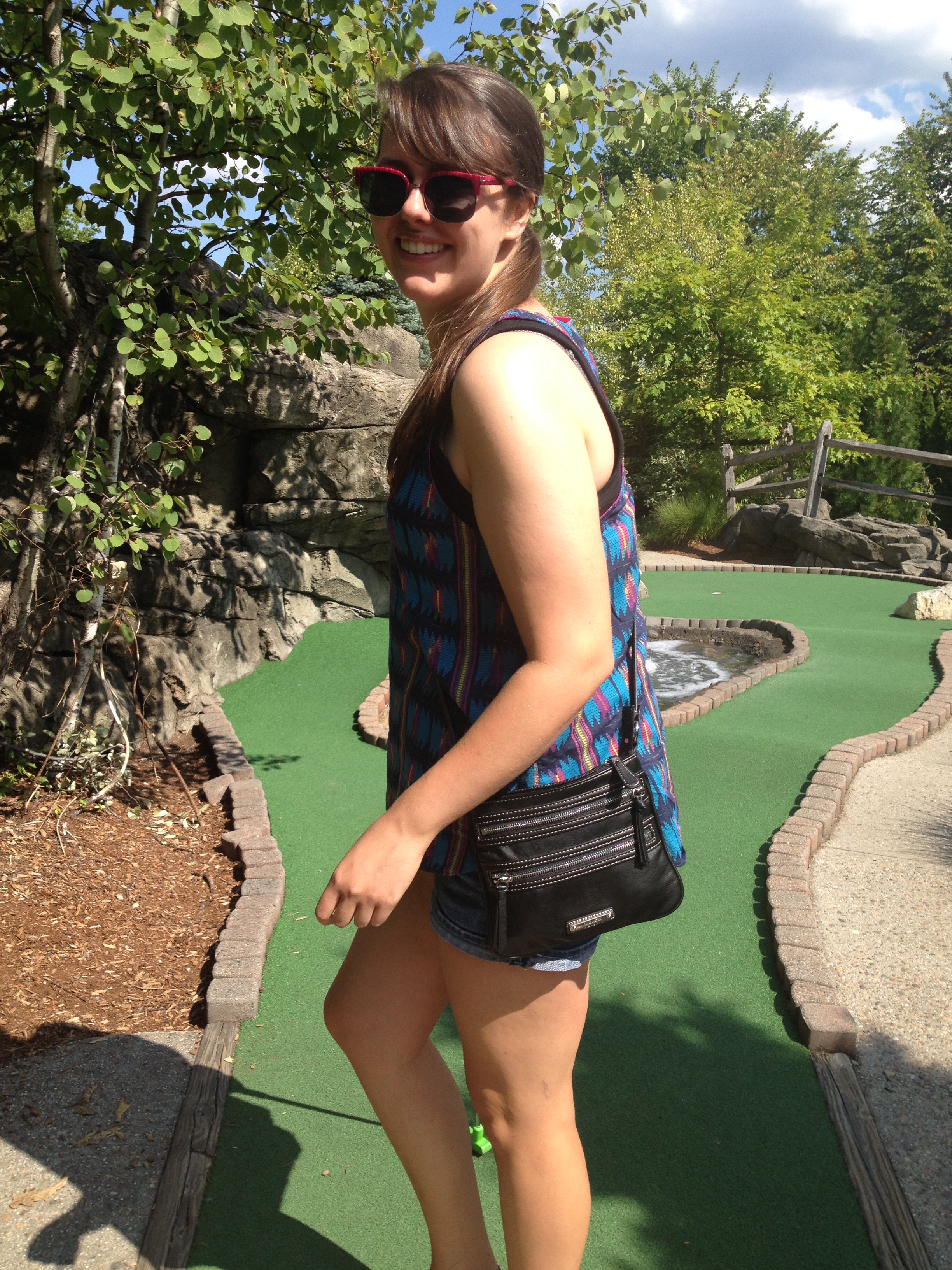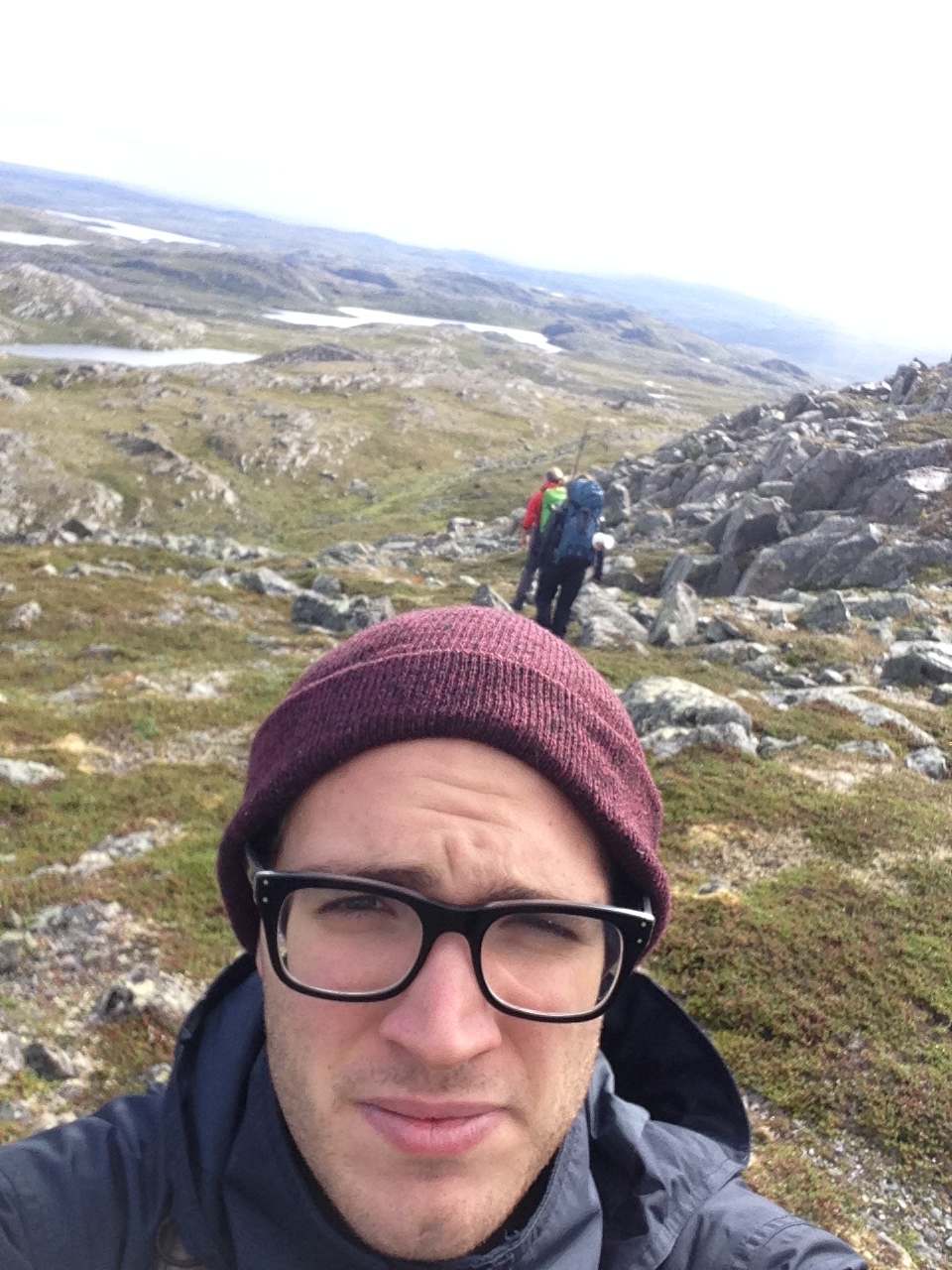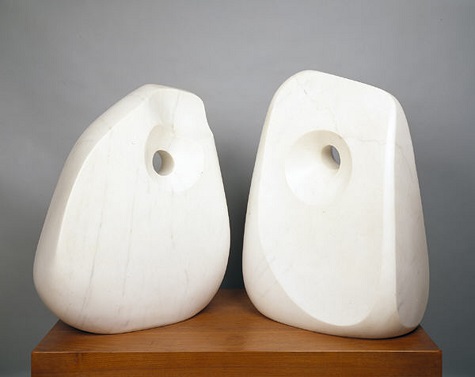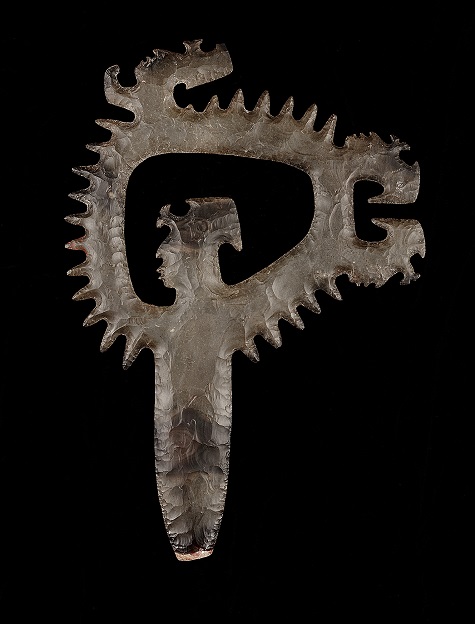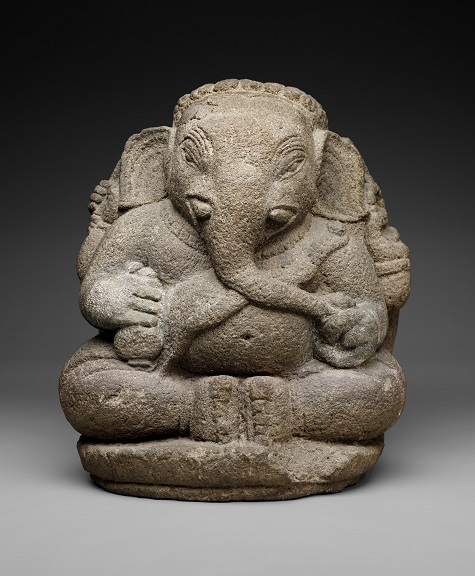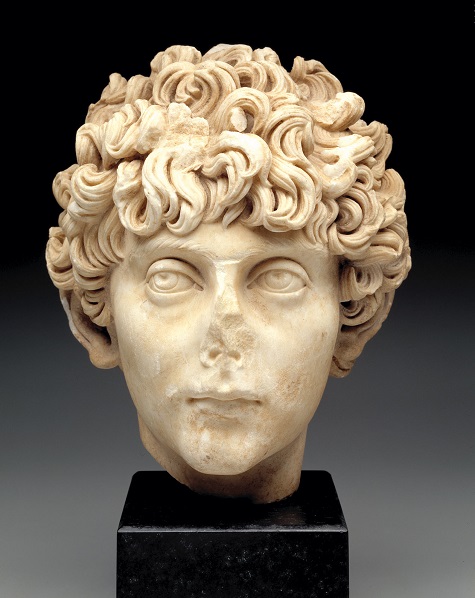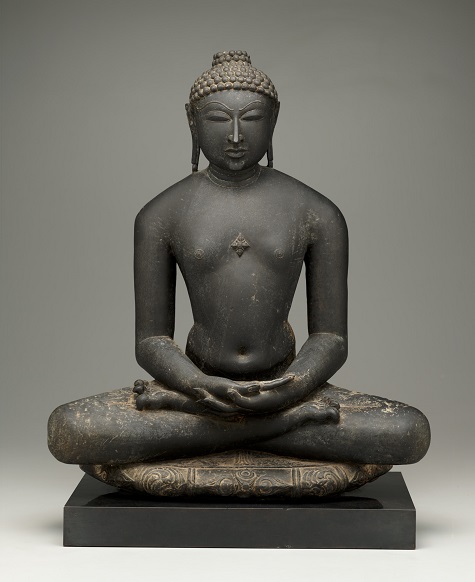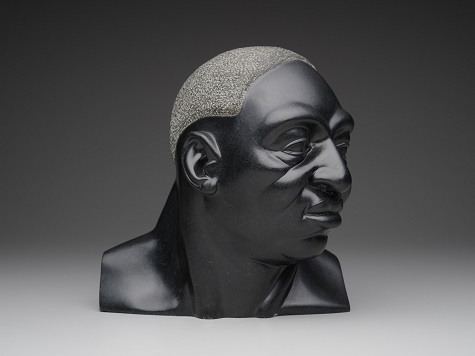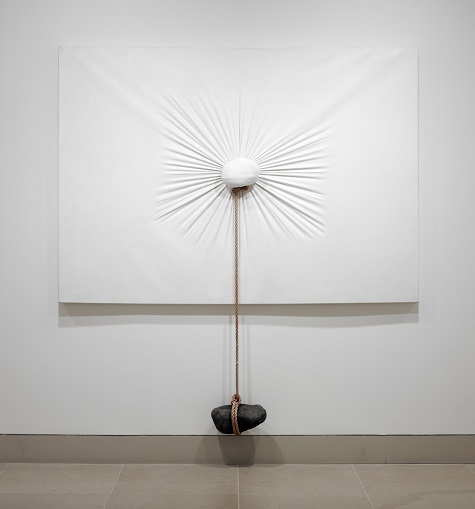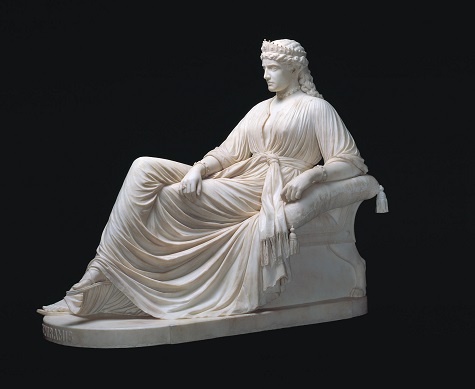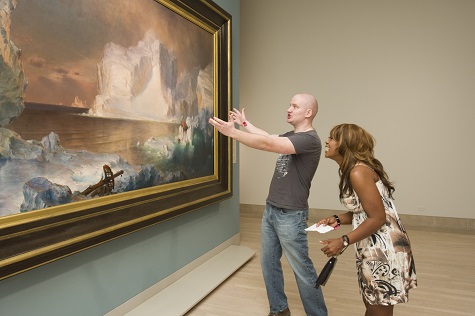Some people go to London for Big Ben, or to see the Queen, or to attend a Shakespearean play. I went to London for the babies! Thanks to a generous grant from the Carl B. and Florence E. King Foundation, I was able to take a research trip to the United Kingdom a few weeks ago to investigate what museums there are doing for children ages 0-2.
More than a year ago, I stumbled across the CultureBabies blog, which highlighted the great work focused on babies happening in museums in Manchester and London. While many museums in the US offer a variety of programs and classes for toddlers and preschoolers, classes actually focused on babies seem to be harder to come by. I knew I had to see what was happening in the UK in person. (And let’s face it, I’d never refuse a trip across the pond!)
I started off in Manchester, where I visited both the Manchester Museum and the Manchester Art Gallery. These two institutions, along with the Whitworth Art Gallery (which is temporarily closed for renovation), have created a suite of programs that focus solely on babies who haven’t started walking. So we’re talking about really young children—the children that most people probably think don’t get much out of a visit to the museum. But what a mistake to think that!
Both the Manchester Museum and the Manchester Art Gallery focus on sensory play as a way for caregivers to interact with their babies, and for babies to explore their world. Educators at each institution were inspired by the Reggio Emilia approach, an educational approach which champions the value of allowing children to direct their own learning, to learn through their senses, and to learn with one another. The Reggio Emilia approach also puts an emphasis on the importance of environment, and calls for early childhood classrooms to be filled with natural light, beautiful real-world materials, and to have open community spaces where children interact with one another.
The Manchester museums have translated Reggio Emilia principles into a museum setting by transforming exhibit and studio spaces into beautiful, engaging environments filled with things babies can touch, smell, taste, see, and hear. At the art gallery, an artist takes inspiration from an exhibition on display, and then creates a temporary installation for the babies in the studio. The sessions I observed focused on the work of artist Ryan Gander, and the Baby Art Club session was an exploration of traditional childhood play like making forts, playing peek-a-boo, building with blocks, and playing in the kitchen. Babies were knocking over cardboard boxes, burrowing into mounds of fabric, playing in a bowl of flour, and clanging metal spoons together. There were shrieks of delight, lots of happy babbling, and adults and children giving themselves completely over to enjoying play.
At the Manchester Museum, the Baby Explorers session begins with an interactive story-song time in which caregivers cuddle, sing to and bounce their babies as a teaching artist introduces the theme of the class and the gallery connection. I observed a class focused on ancient cultures, so the singing time included songs about a mummy and a camel. Babies and adults then had time to explore sensory “islands” that educators had set up in the children’s exhibit area—a sound station with musical instruments, a texture area with lots of natural materials, a metal area with shiny objects, and a light box with sparkly, translucent materials. Images of objects in the Museum’s collection or actual objects in protective boxes were scattered throughout the entire area, allowing babies to investigate ancient cultures in an age-appropriate way.
I was struck in both sessions by how ordinary objects became things of beauty. In the metal sensory play area at the Manchester Museum, metal bowls, spoons, whisks, and kitchen containers were transformed from utilitarian utensils into light, reflection, and shine. I observed one mother shining a flashlight through a metal object, and watched as her baby focused on the light and reached for the object as the light reflected around her. The next minute, the baby was waving a whisk through the air, experimenting with its weight and feel.
- Quran Bifolio, Tunisia, Qayrawan, late 9th – early 10th century , vellum, ink, gold, silver, and blue dye, Furusiyya Art Foundation, Vaduz, Photo © Noel Adams
I saw tremendous value in both programs for adults and babies. For the adults, these classes seem to give them permission to leave behind all the usual tasks that build up in a day, and allow them to simply enjoy being with their babies. The adult-child interactions I observed as an on-looker were definitely sweet, but even more importantly, were contributing to positive social-emotional growth and language development for the children. Caregivers also leave these sessions with ideas for how to use everyday materials at home as playthings, learning that items as simple as a wooden spoon and a bowl of flour can provide endless entertainment and valuable open-ended learning opportunities for babies.
But perhaps the greatest outcome of these baby classes from a museum educator point of view, is that the families create strong relationships with the museums and see them as valuable partners in the journey of raising a child. At the Manchester Museum, one little girl has been attending the Baby Explorers class for the past few months with her foster mother. This month, she attended for the first time with her new adoptive parents. It was truly beautiful to see this little girl so confident in her surroundings, sure of herself as she crawled from one space to another, even as she adjusts to a new family and home life. The adoptive parents too were warmly welcomed into the museum family and appreciated the observations museum educators were able to share about their new daughter.
I came back to the DMA inspired and ready to try new ways of playing and learning with babies in our own galleries. We launched the Art Babies class for children under 2 years old here at the Museum in January, and the class has been a fun educational journey for me personally as we experiment with how to best serve our very youngest visitors. Over the coming months, I hope to incorporate some of the ideas and strategies I gathered from our colleagues across the way. Stay tuned for our own version of the British (baby) invasion!
Leah Hanson
Manager of Early Learning Programs
